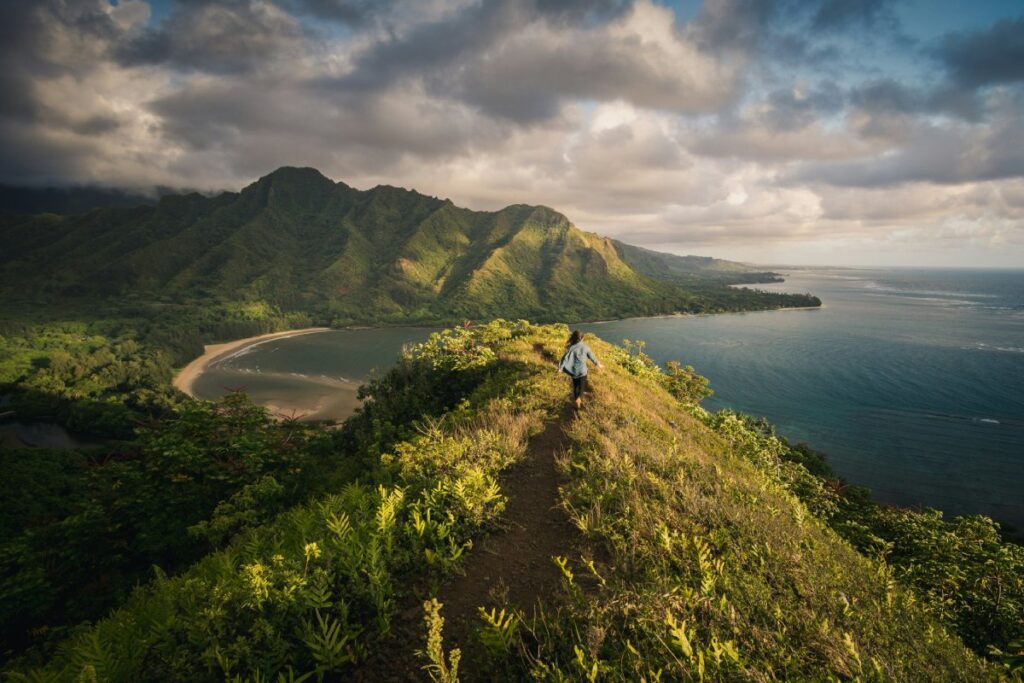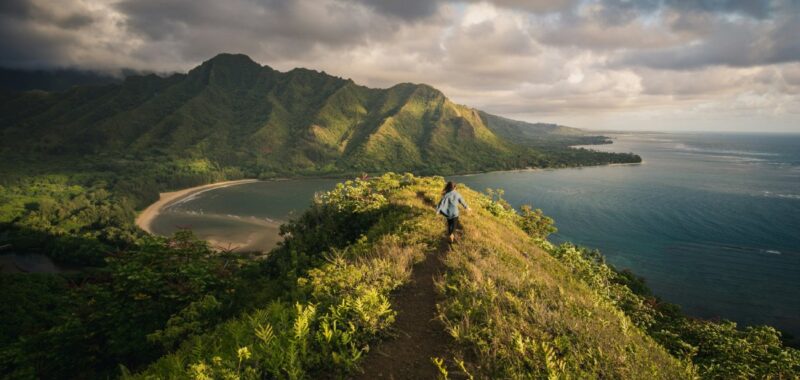
Tourists will see a new, more resilient Maui next year, thanks to billions in spending from the Hawaiian government, according to Hawaii Governor Josh Green.
It has been over a year since a wildfire destroyed thousands of buildings and homes and killed over 100 people in Mauiâs western region, making it one of the deadliest disasters in U.S. history.
Even though it affected only 10% of the island, news coverage of the event left the public with the impression that the island was closed to tourism.
Visitor spending in Maui totaled $3.5 billion between January and August, down 20% from last year, according to the state governmentâs latest data. Maui is Hawaii’s second most popular island for tourism.
Green spoke with Skift about rebuilding Maui, reducing short-term rentals, attracting sports tourism events, and financing climate resilience.
Maui Is Rebuilding
According to the governor, 2024 was about laying the âgroundworkâ for recovery, while 2025 will be about the âdeploymentâ of resources.
All disaster debris has been removed. Hotels are ready to accommodate visitors, and the FEMA is joining local governments to build new housing units.
âThousands of houses will go up, and small businesses will gradually return. People will see the recovery in real-time,â said Green.
Green predicted significant interest from repeat tourists who had previously visited Maui for their honeymoon, anniversary, or special events.
âTheyâre going to want to come back and see the joy that comes with rebuilding people’s lives,â he said.
Reducing Short-Term Rentals: âWe Have to Have Housing for Local Familiesâ
The wildfire crisis spotlighted Mauiâs affordable housing shortage. Over 8,000 people were displaced. The government initially contracted with hotels to temporarily shelter them. Over time, the government needed to find more alternative accommodations. It paid short-term rental owners âvery competitive ratesâ to house them, Green said.
However, the governor said it became evident that the demand for short-term rentals was so high it was crowding out housing for locals.
âPeople who own short-term rentals have made about 385% more than they do from regular rentals,â said Green. âI’m a capitalist like everybody else, but we have to have housing for local families. Thatâs why we have hotel rooms and entertainment districts.â
Green wants to âgradually move someâ short-term rentals into the residential housing market. âWe hope people will decide to sell their short-term rentals if they can and invest in other parts of the state or on the mainland,â he said.
To free up more housing, earlier this year, Green signed a bill clarifying county governments’ authority to regulate the time, place, manner, and duration of land uses, particularly transient accommodations, including short-term rentals.
Empowered by the new legislation, local Maui officials are considering phasing out thousands of short-term rentals.
Lahainaâs Future in Tourism
Locals are currently deliberating on the future of Lahaina, a town in West Maui completely devastated by the fire. Lahaina was once the capital of the Hawaiian kingdom and home to cultural and natural landmarks.
Tourism will be a part of Lahainaâs future. âThere’s no question that Lahaina will continue to have a very, very tourism-focused economy,â said Green.
The governor highlighted efforts with local organizations to restore the Mokuʻula Island, which is considered sacred by locals.
Tourism to Finance Hawaiiâs Climate Resilience
Since taking office, Green has focused on raising revenue to make Hawaii more resilient to hurricanes, fires, and other climate change-related issues. Funds could be used to help fortify hotels, local businesses, beaches, parks and infrastructure against future risks like storm surges and sea-level rises.
âThe truth is, we have not historically invested at all in climate resiliency, and look what happened,â said Green.
Some ideas to finance these plans include charging tourists an impact fee, raising the transient accommodations tax, or using a portion of the governmentâs $1.5 billion rainy-day fund. Earlier this year, he proposed charging tourists a climate impact fee of $25.
âI think most travelers, if they knew they were paying $500 a night, would be happy to contribute $10 a day to ensure that we have extra resilience against fires or flooding. I think theyâd be pretty pleased because they love Hawaii,â said Green.
The state plans to bet on live events.
âWeâre doing a lot of sports tourism. Youâll start seeing it in 2025,â said Green.
Hawaii is pursuing pre-Olympic swimming, running, and other competitions. Positioned between Asia and Los Angeles (the host city for the 2028 Olympics), Hawaii is a prime location for these pre-Olympic events.
âWeâre anticipating hosting some friendly pre-Olympic games in advance of 2028 if we get our way,â said Green.
Hawaii plans to host reunions for friends and families from Las Vegas, centered around sporting events. Due to its large population of Hawaiians, Las Vegas has been nicknamed the ninth island.
Since the Maui wildfires, the state has also strengthened its ties with the NFL. Many teams donated to Hawaii, including the Steelers, Rams, and Raiders.
The governor hopes to host more significant sports events once the New Aloha Stadium is constructed in HÄlawa.
âI would love to see some regular season football games here, rather than perhaps in Europe or other markets, once we have our stadium done,â said Green. âIt would be smart to do them in Hawaii if I can get a proper stadium built.â
A Balanced Approach to Tourism
Since the pandemic, when visitation nosedived, Hawaii has focused more on encouraging travelers to stay “a couple of days longer” and have a more “immersive” experience while managing visitor numbers to prevent certain locations from becoming overrun.
“We’re using our Hawaii Tourism Authority team to tease that out,” said Green. “[Tourism] is actually more balanced now than it was before.”
The Hawaii Tourism Authority now has “a solid budget” and “a very strong board that I’ve put in place intentionally so that they can work with the legislature,” said the governor.
“I tell the guys over there, make sure that my ROI is very significant because I need to fund solutions for education, homelessness, climate resiliency, and housing,” he said.
Latest News
Updated Aug. 7, 2024
Skiftâs in-depth reporting on climate issues is made possible through the financial support of Intrepid Travel. This backing allows Skift to bring you high-quality journalism on one of the most important topics facing our planet today. Intrepid is not involved in any decisions made by Skiftâs editorial team.

